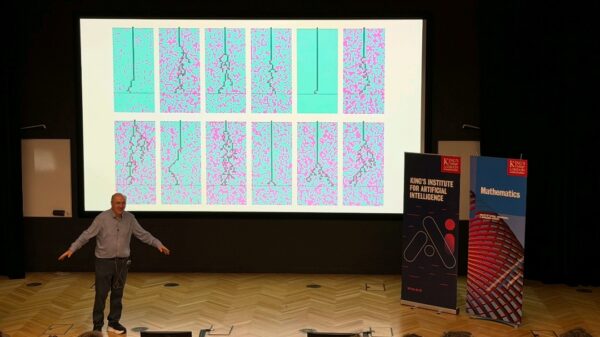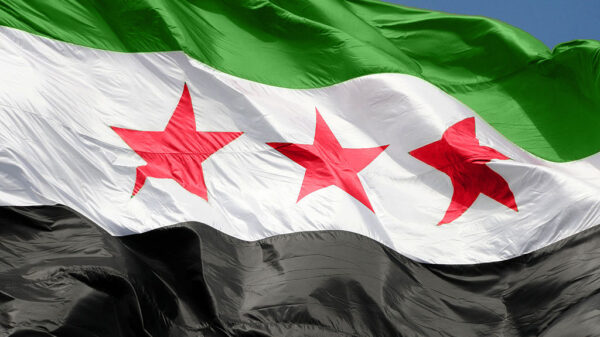Comment Editor Dahlia Farzi examines Syria’s fragile new chapter after Assad’s fall, tracing Hayat Tahrir al-Sham’s rise to power, shifting international alliances, and the uncertain future facing the country’s minorities.
After Assad’s brutal regime collapsed in late 2024, the Islamist militant group Hayat Tahrir al-Sham seized power and exiled him. After almost 14 years of civil war, with Syria pulled between the Iran-Russia axis and Western backers, many hoped this signalled a new start.
The Free Syrian Army (FSA) emerged in 2011 as the first recognised armed opposition; Assad’s tenure quickly became precarious. When pro-democracy protestors first mobilised in 2011, the regime responded with violence and the country split. Protestors demanded an end to the Assad dynasty, and the opposition coalesced with the FSA claiming leadership.
With anti-regime protests flooding major cities such as Damascus, Hama and Homs, the Syrian army fired senselessly at unarmed protestors, killing hundreds. On 30 October 2011, Syrian officials agreed to an Arab League plan to end violence; it soon lost credibility.
Hayat Tahrir al-Sham (HTS) even adopted the Syrian revolutionary flag with the Islamic declaration of faith, the Shahada. In late 2016, al-Nusra was dissolved and rebranded as Jabhat Fatah al-Sham, claiming to sever external ties with al-Qaeda. Al Qaeda then formed Hurras al-Din, a new affiliate in Syria, which HTS cracked down on in 2020.
Many pro-al-Qaeda members within the group defected and formed Hurras al-Din, which finally dissolved in early 2025. In 2017, al-Jolani formed HTS from several factions, including Jabhat Fatah al-Sham and the Army of the Sunna. By 2017, HTS began propagating the concept of al-Kayan al-Sunni, or the Sunni entity, a clear opposition against the Alawite Assad regime. Then, in 2024, after HTS gained more ground within Syria, the focus shifted to include a more inclusive Syria, the project ‘Syria for all Syrians’.
However, the relationship with the US took a strategic turn. Under the US ‘Rewards for Justice program’, a $10 million bounty was placed on Jolani’s head just a few years ago; now he has sought international engagement. Barbara Leaf, the US Assistant Secretary of State for Near Eastern Affairs, even praised her conversation with Jolani as being “thorough” and “good” after he took office. In May 2025, Trump even hinted at a bromance, calling Jolani an “attractive, tough guy”.
This reversal shows how strategy can trump principle and how swiftly reputations flip in Syria’s instability. While some welcomed al-Jolani’s ascent, sceptics remain. Critics even label HTS’ security as ‘Shabbiha’, a reference to Assad-era militias. Last year, HTS established a Board of Grievances to handle complaints and pledge transparency.
Yet, memories of false promises persist. In March 2025, 1,500 people – mostly those from the Alawite and Christian minority – were killed by Islamist security forces. Between 6-12 March, at least 56 Alawite villages along Syria’s Mediterranean were brutally attacked, with the Christian Solidarity International issuing a genocide warning for the Syrian Arab Republic. Only in 2016 did a top official of former al-Nusra, now HTS, declare that “the Land must be purged [of Alawites].”
On 22 June 2025, a suicide bomb at Damascus’s Greek Orthodox Church of the Prophet Elias killed and wounded dozens. On 14 July, another church narrowly escaped an attempted bombing after three suspects were arrested nearby. Just a few days before (12-13 July) were dozens of Druze and Bedouin communities killed. The Druze population, who consist of a mere 3%, clashed with Sunni Arabs, leading to heavy casualties in Sweida province.
While Jolani calls for unity, protections for minorities remain shaky. Some mourn the past; others welcome change. Only time will test whether this chapter heals a bloodied country. And international monitoring will be critical.
















